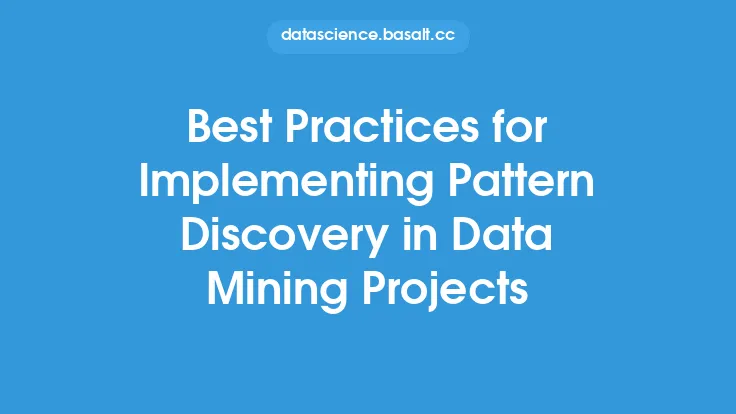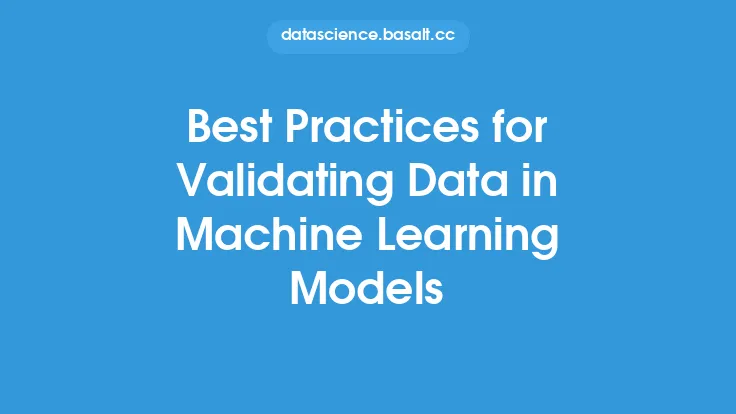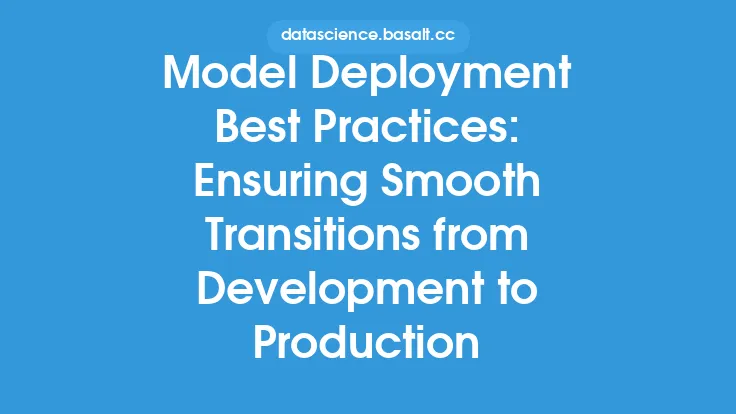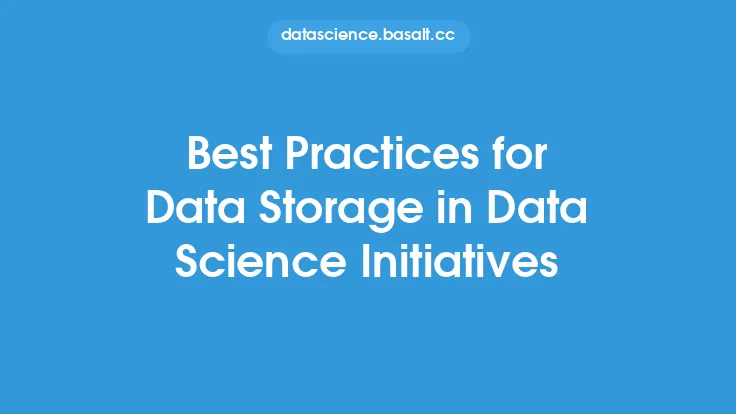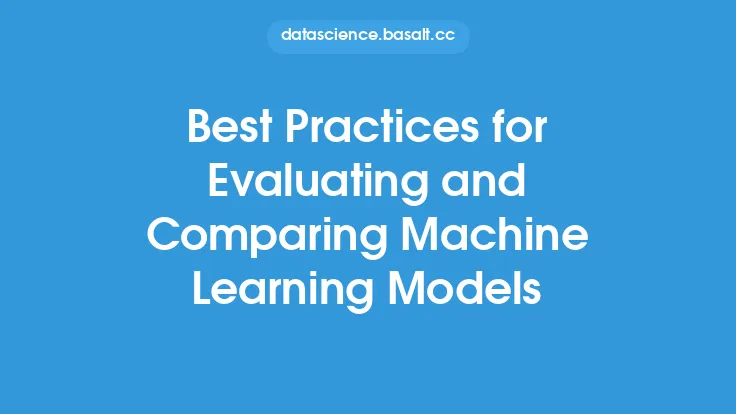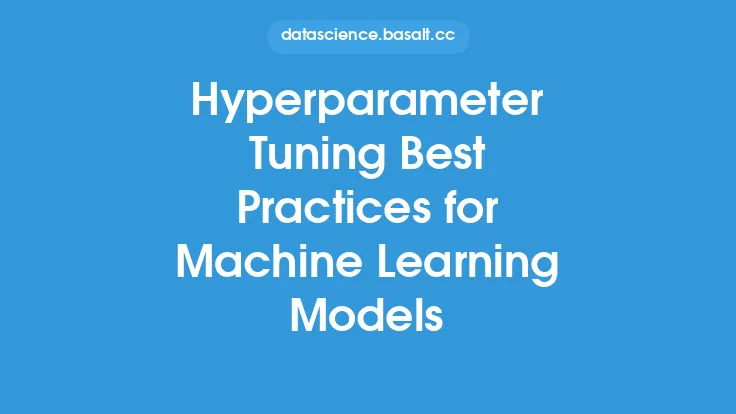Deploying predictive models in production is a critical step in the predictive modeling process, as it enables organizations to leverage the power of data-driven insights to inform business decisions and drive growth. However, deploying predictive models in production can be a complex and challenging task, requiring careful consideration of several factors, including model selection, data integration, scalability, and maintenance. In this article, we will discuss the best practices for deploying predictive models in production, highlighting the key considerations and strategies for ensuring successful deployment.
Introduction to Deployment
Deploying a predictive model in production involves integrating the model into a larger system or application, where it can be used to make predictions on new, unseen data. This requires careful consideration of the model's performance, scalability, and maintainability, as well as its ability to integrate with existing systems and infrastructure. A well-deployed predictive model can provide significant benefits, including improved decision-making, increased efficiency, and enhanced customer experiences. However, a poorly deployed model can lead to suboptimal performance, increased costs, and decreased customer satisfaction.
Model Selection and Validation
One of the most critical steps in deploying a predictive model in production is selecting the right model for the task at hand. This involves evaluating the performance of different models on a holdout dataset, using metrics such as accuracy, precision, recall, and F1 score. It is also essential to consider the model's complexity, interpretability, and scalability, as well as its ability to handle missing or noisy data. Once a model has been selected, it is essential to validate its performance on a separate test dataset, to ensure that it generalizes well to new, unseen data. This can involve using techniques such as cross-validation, bootstrapping, or walk-forward optimization.
Data Integration and Management
Deploying a predictive model in production requires careful consideration of data integration and management. This involves ensuring that the model has access to the necessary data, in the right format, and at the right time. This can involve integrating with existing data sources, such as databases or data warehouses, as well as handling issues such as data quality, missing values, and data drift. It is also essential to consider data security and privacy, ensuring that sensitive data is protected and handled in accordance with relevant regulations and guidelines.
Scalability and Performance
A predictive model deployed in production must be able to handle large volumes of data and scale to meet the needs of the business. This involves considering the model's computational complexity, memory requirements, and ability to handle parallel processing. It is also essential to consider the model's performance, using metrics such as latency, throughput, and accuracy, to ensure that it meets the required standards. This can involve using techniques such as model pruning, quantization, or knowledge distillation, to reduce the model's computational requirements and improve its performance.
Maintenance and Monitoring
Deploying a predictive model in production is not a one-time task, but rather an ongoing process that requires continuous maintenance and monitoring. This involves tracking the model's performance over time, using metrics such as accuracy, precision, and recall, as well as monitoring for issues such as data drift, concept drift, or model degradation. It is also essential to consider model updates and retraining, to ensure that the model remains accurate and effective over time. This can involve using techniques such as online learning, transfer learning, or incremental learning, to update the model in real-time.
Model Serving and Deployment
Model serving and deployment involve making the predictive model available to the wider organization, through APIs, web services, or other interfaces. This requires careful consideration of the model's packaging, deployment, and management, using tools such as Docker, Kubernetes, or TensorFlow Serving. It is also essential to consider issues such as model versioning, rollback, and auditing, to ensure that the model is properly managed and maintained over time.
Security and Compliance
Deploying a predictive model in production requires careful consideration of security and compliance, to ensure that sensitive data is protected and handled in accordance with relevant regulations and guidelines. This involves considering issues such as data encryption, access control, and authentication, as well as compliance with regulations such as GDPR, HIPAA, or CCPA. It is also essential to consider model interpretability and explainability, to ensure that the model's decisions are transparent and fair.
Conclusion
Deploying predictive models in production is a complex and challenging task, requiring careful consideration of several factors, including model selection, data integration, scalability, and maintenance. By following best practices such as model validation, data integration, scalability, and maintenance, organizations can ensure successful deployment and maximize the benefits of predictive modeling. Additionally, considering security, compliance, and model interpretability is crucial to ensure that the model is properly managed and maintained over time. By leveraging the power of predictive modeling, organizations can drive growth, improve decision-making, and enhance customer experiences, while minimizing the risks and challenges associated with deployment.
